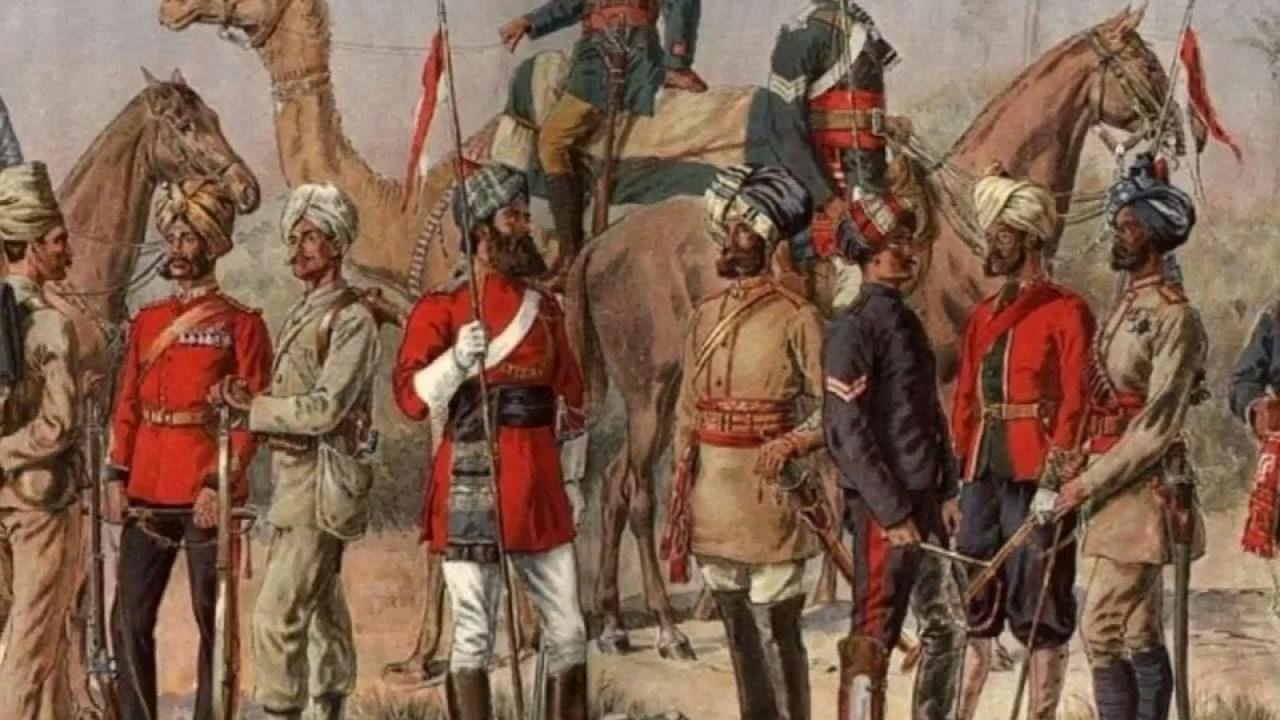British India: Quick Guide and Latest Insights
Welcome to the British India tag page on India News Haven. If you’re curious about the time when the British ruled the subcontinent, you’re in the right spot. We’ve gathered the most useful bits of history, news links, and easy explanations so you can grasp what happened and why it still matters today.
The British story in India began with traders. The East India Company landed on the coast in the early 1600s, first looking for spices and silk. Over a few decades they set up forts, made deals with local rulers, and built a network of factories. By the mid‑1700s they weren’t just traders anymore – they had their own army and were fighting for control of territory.
Key Moments in British India
Several events define the British era. The Battle of Plassey in 1757 gave the Company real power in Bengal, the richest province at the time. A century later, the 1857 Sepoy Mutiny (also called the First War of Independence) shook the British and led to the Crown taking direct control, marking the start of the British Raj. The Raj lasted until 1947, when India and Pakistan became independent nations after a massive freedom movement led by figures like Mahatma Gandhi and Jawaharlal Nehru.
How British Rule Shapes Modern India
Even after independence, the British left a lasting imprint. The railways they built still criss‑cross the country, linking cities and villages. The legal system, based on common law, powers today’s courts. English became an official language, opening doors to global business and education. Some institutions, like the Indian Civil Service, evolved into modern government bodies. At the same time, many social reforms and infrastructure projects laid the groundwork for today’s economy.
Understanding British India helps you see why India looks the way it does now. From architecture in Kolkata’s colonial districts to the parliamentary structure, the past is still visible. If you want to dive deeper, check out our articles on specific topics – the 1857 revolt, the impact of railway expansion, and the cultural exchange between Britain and India.
Got a question or a favorite story about the British period? Join the conversation in the comments or browse related posts on this tag. We keep adding fresh pieces, so you’ll always find something new to learn about this pivotal chapter of Indian history.
Published on Jul 19
0 Comments
Life in British India was a blend of fascinating cultures, although marked by stark inequalities. The British brought advancements like railways, telegraph, and education, yet it was primarily for their benefit. Indians were subjected to high taxes and discrimination, driving many into poverty. Despite this, a fusion of British and Indian lifestyles brought about a unique societal evolution. It was a time of significant change, both progressive and regressive, that shaped the India we know today.
